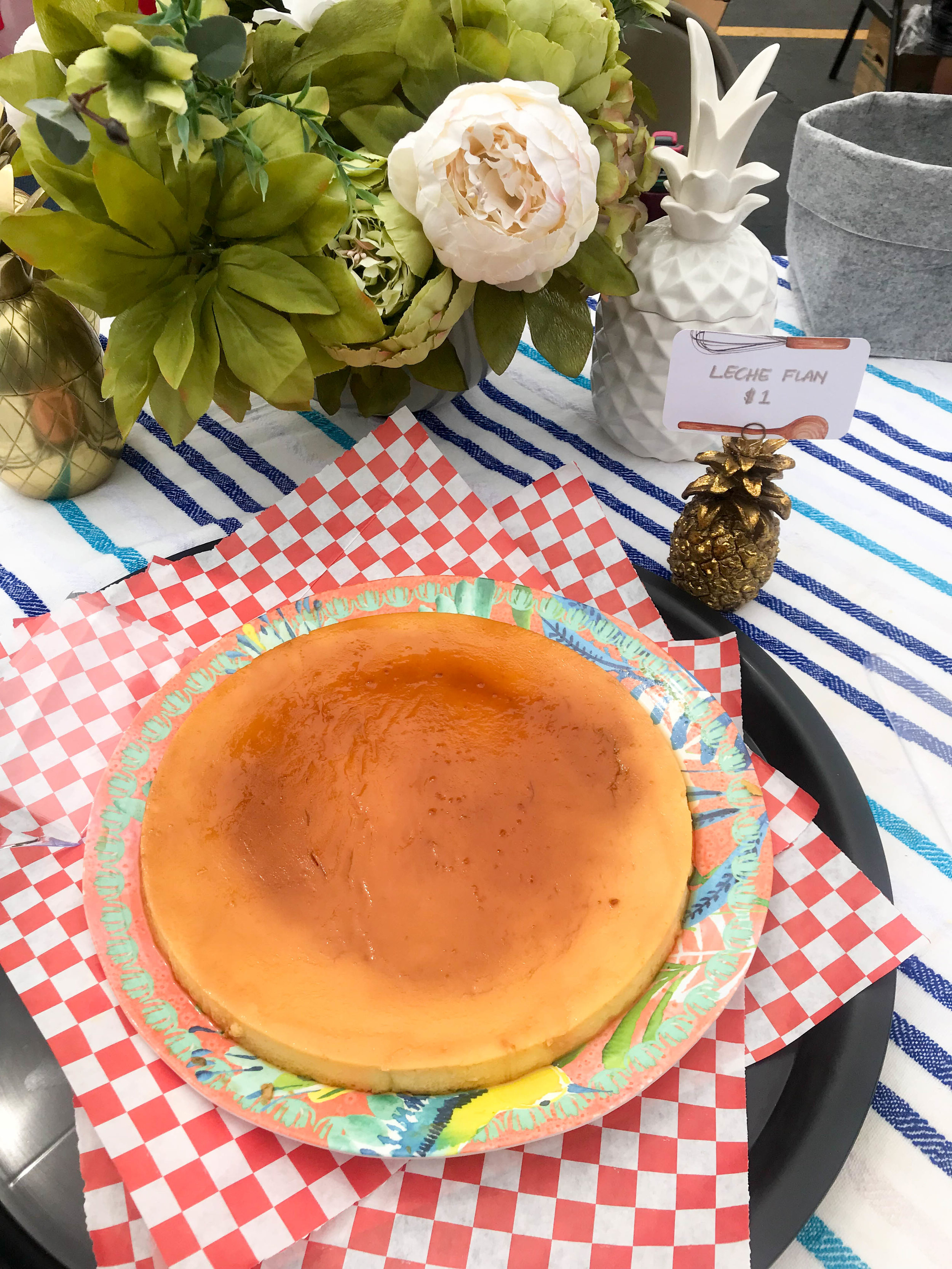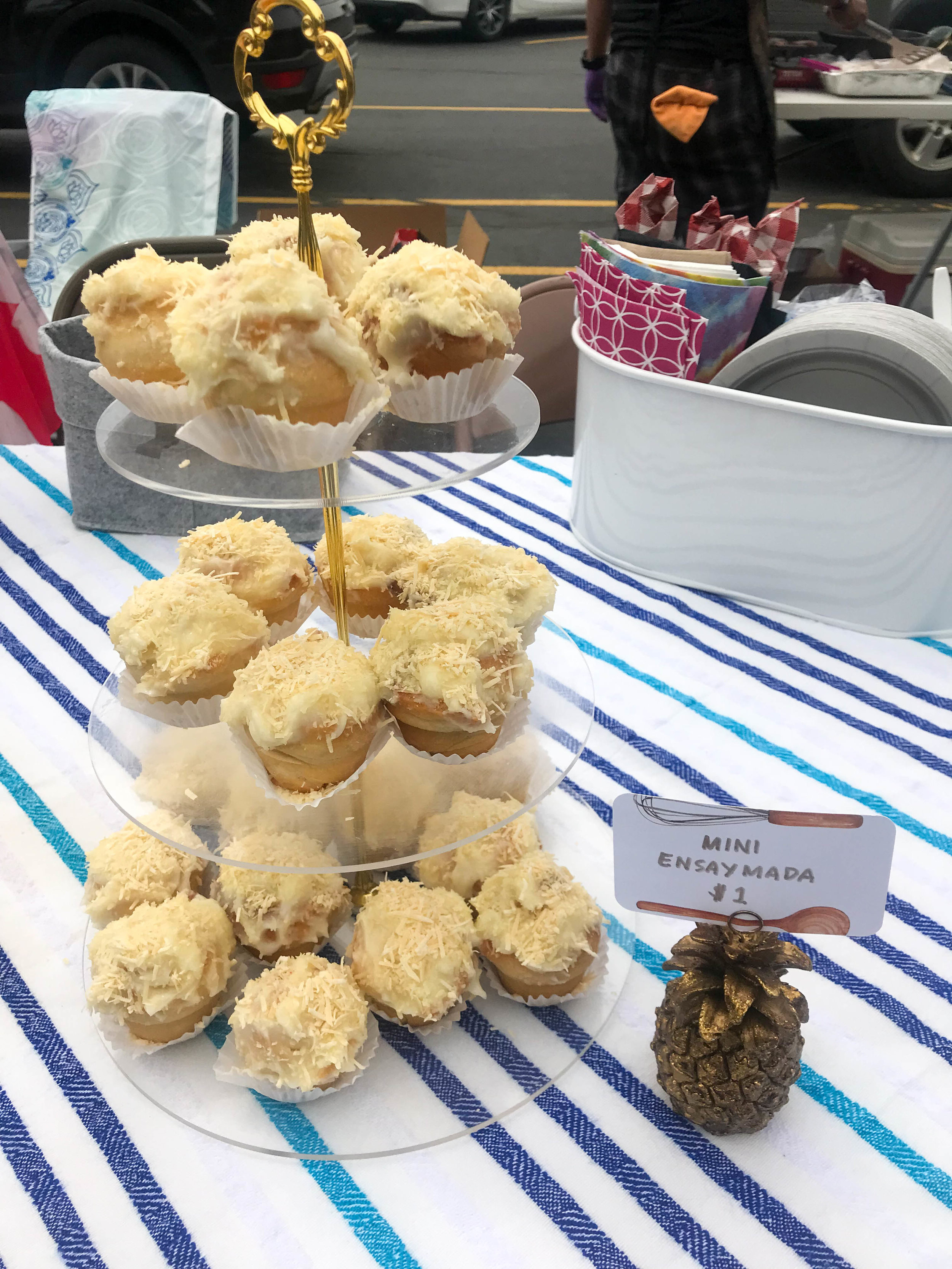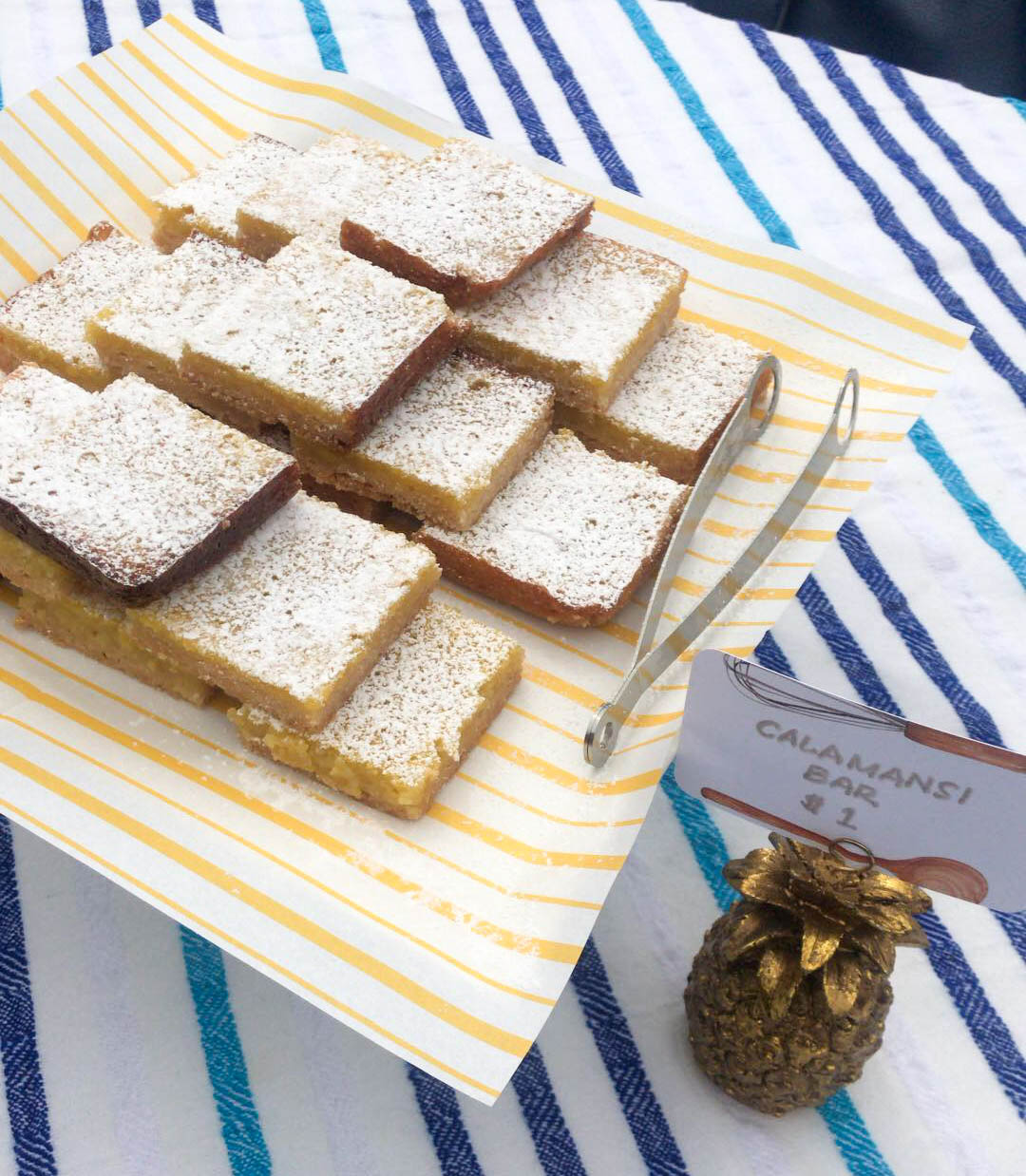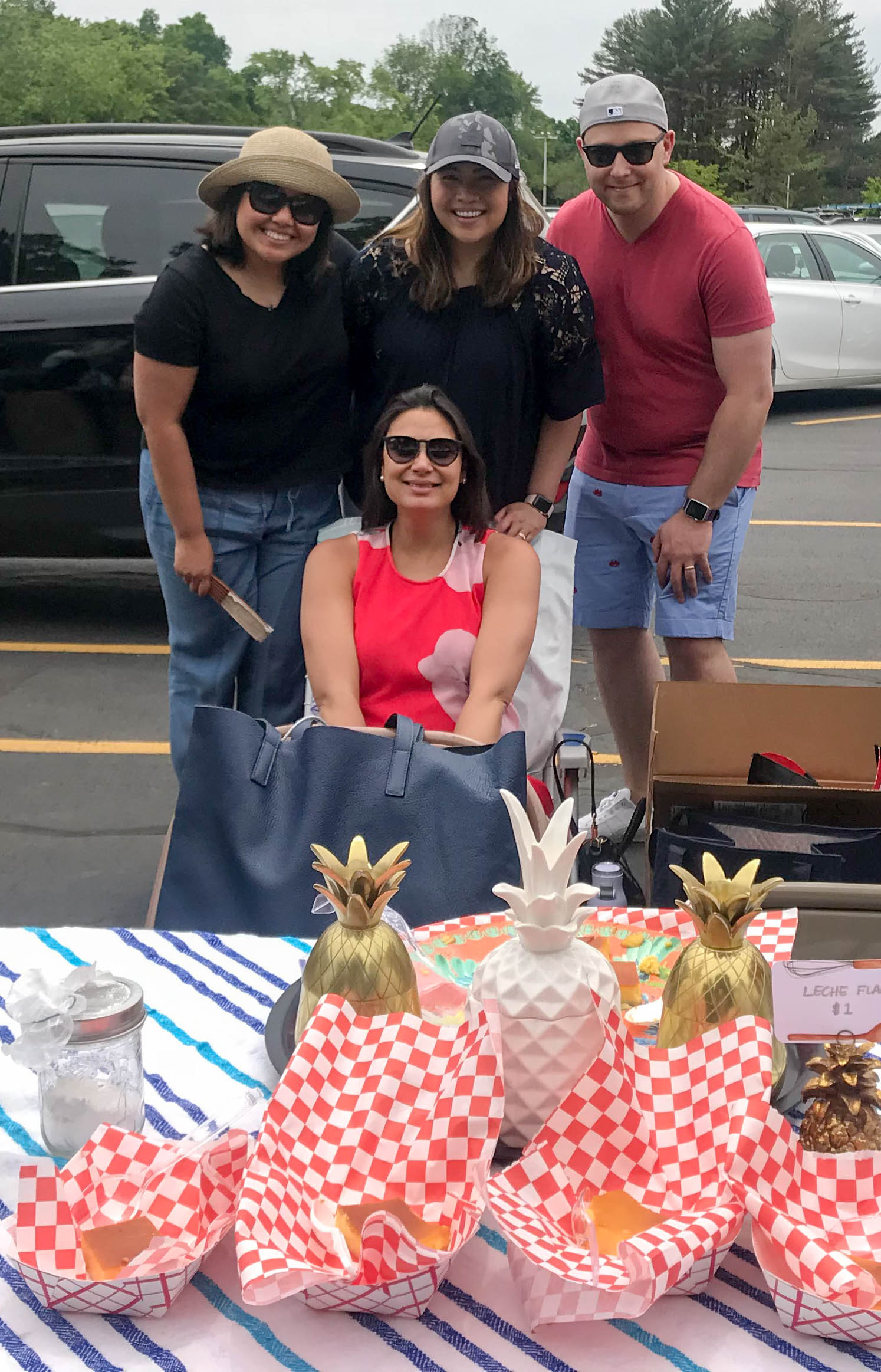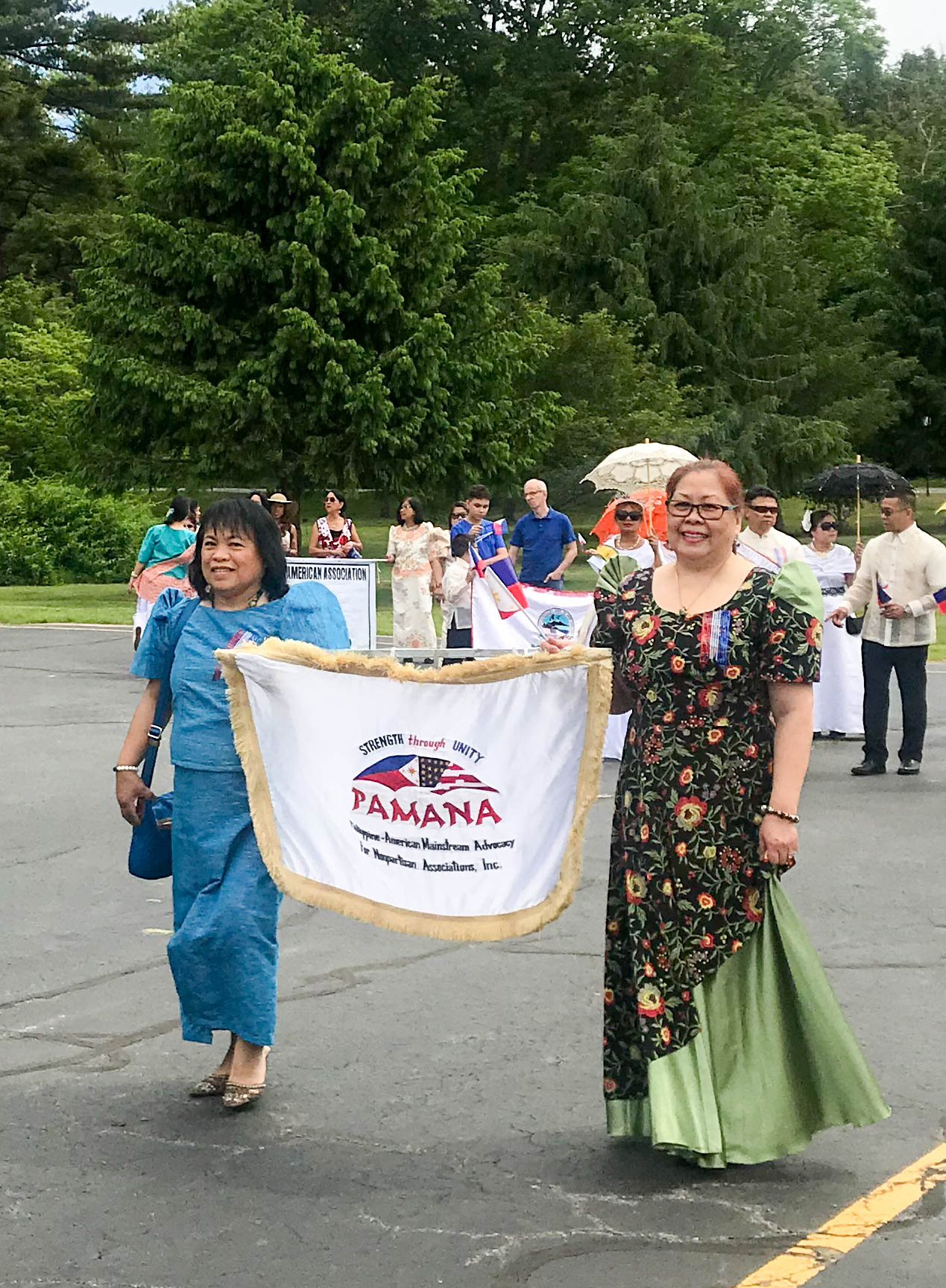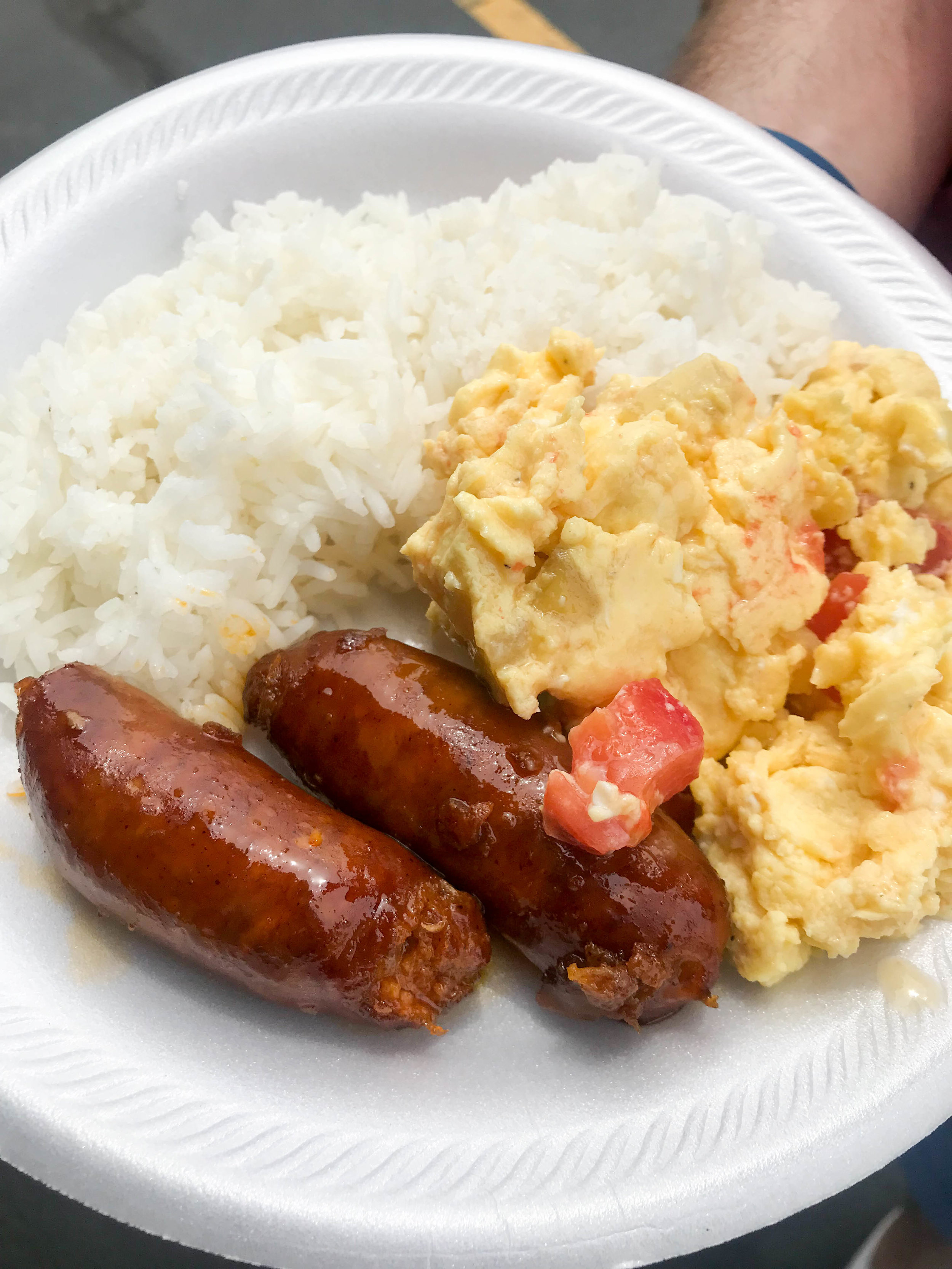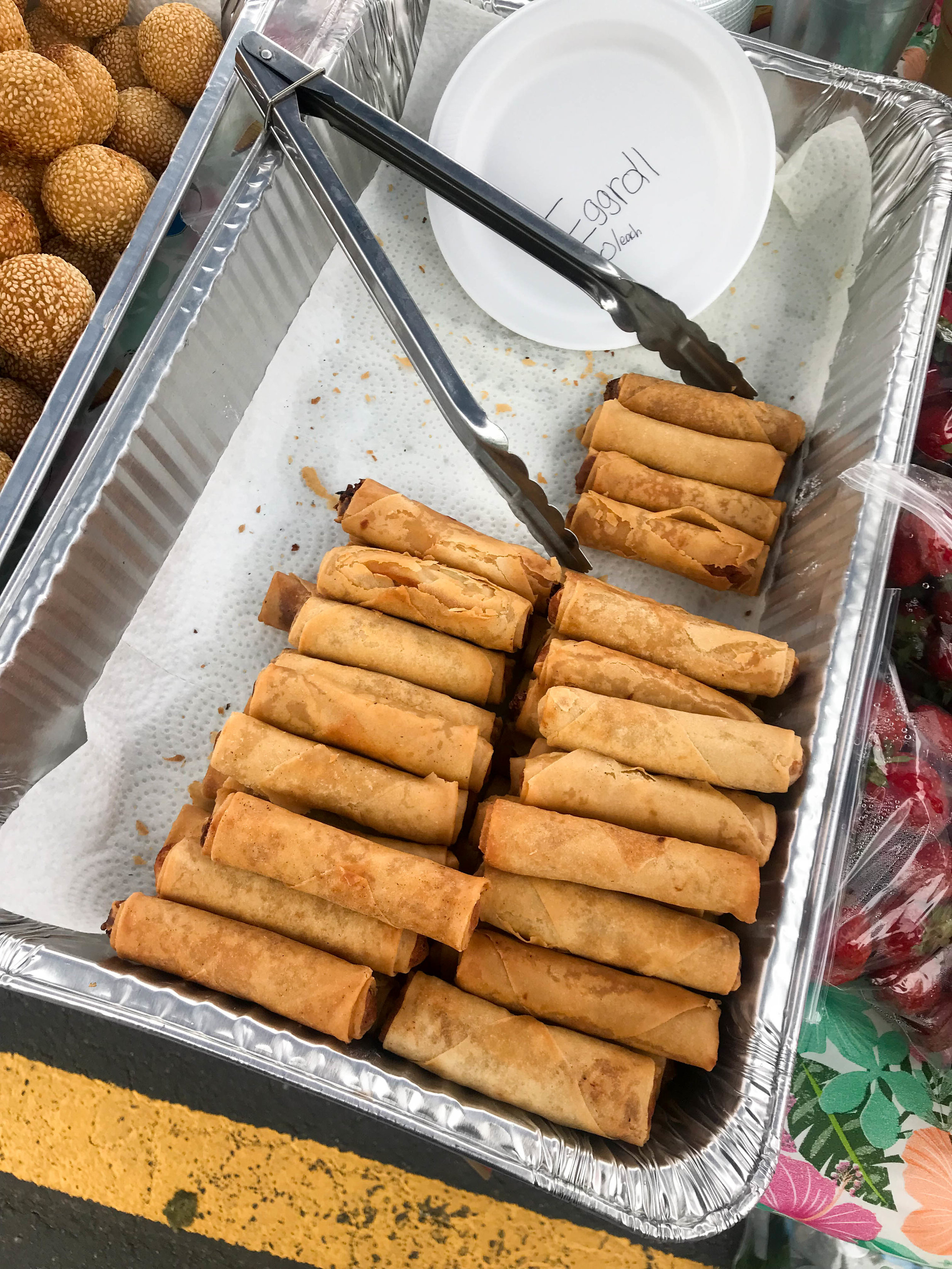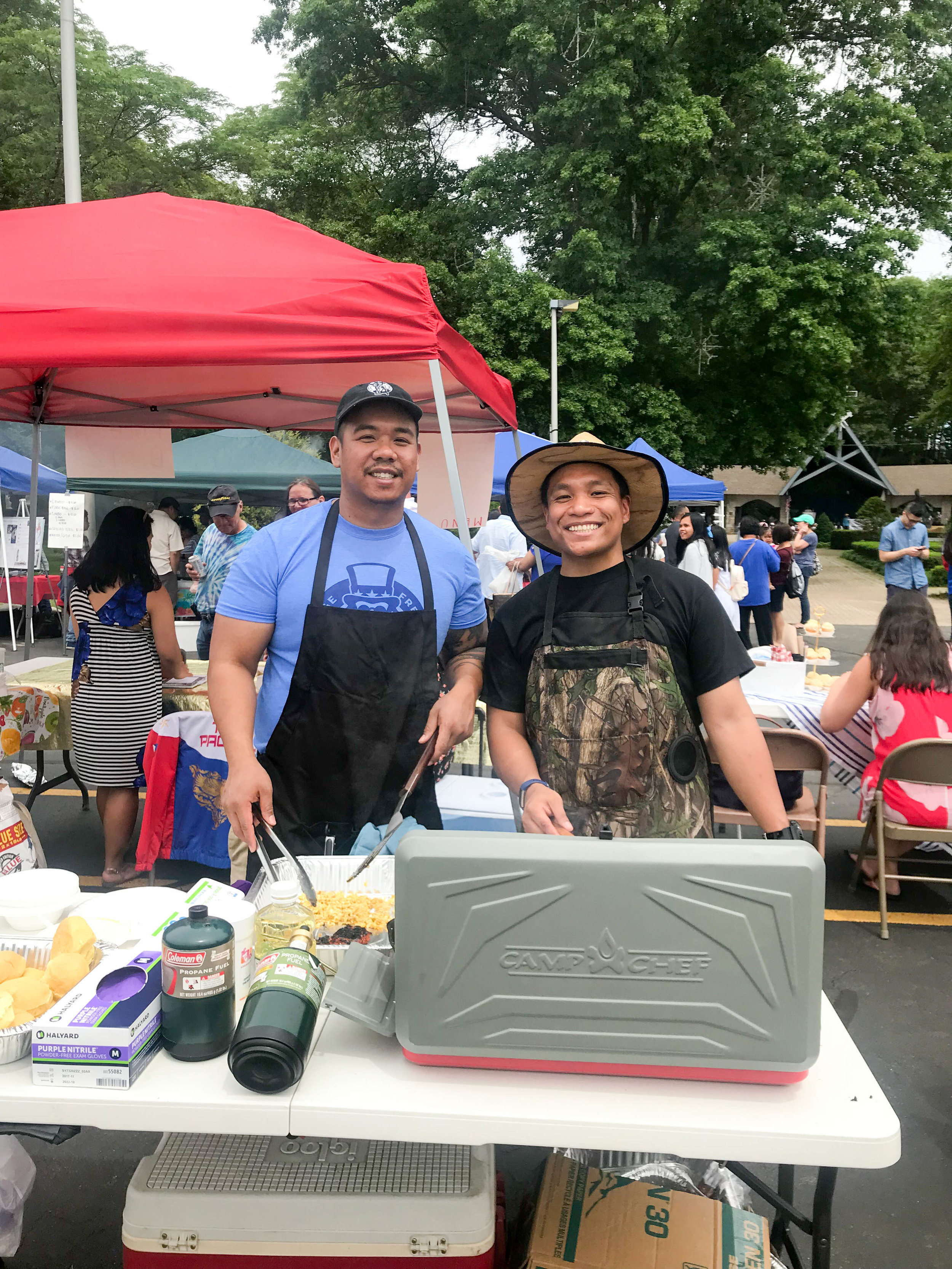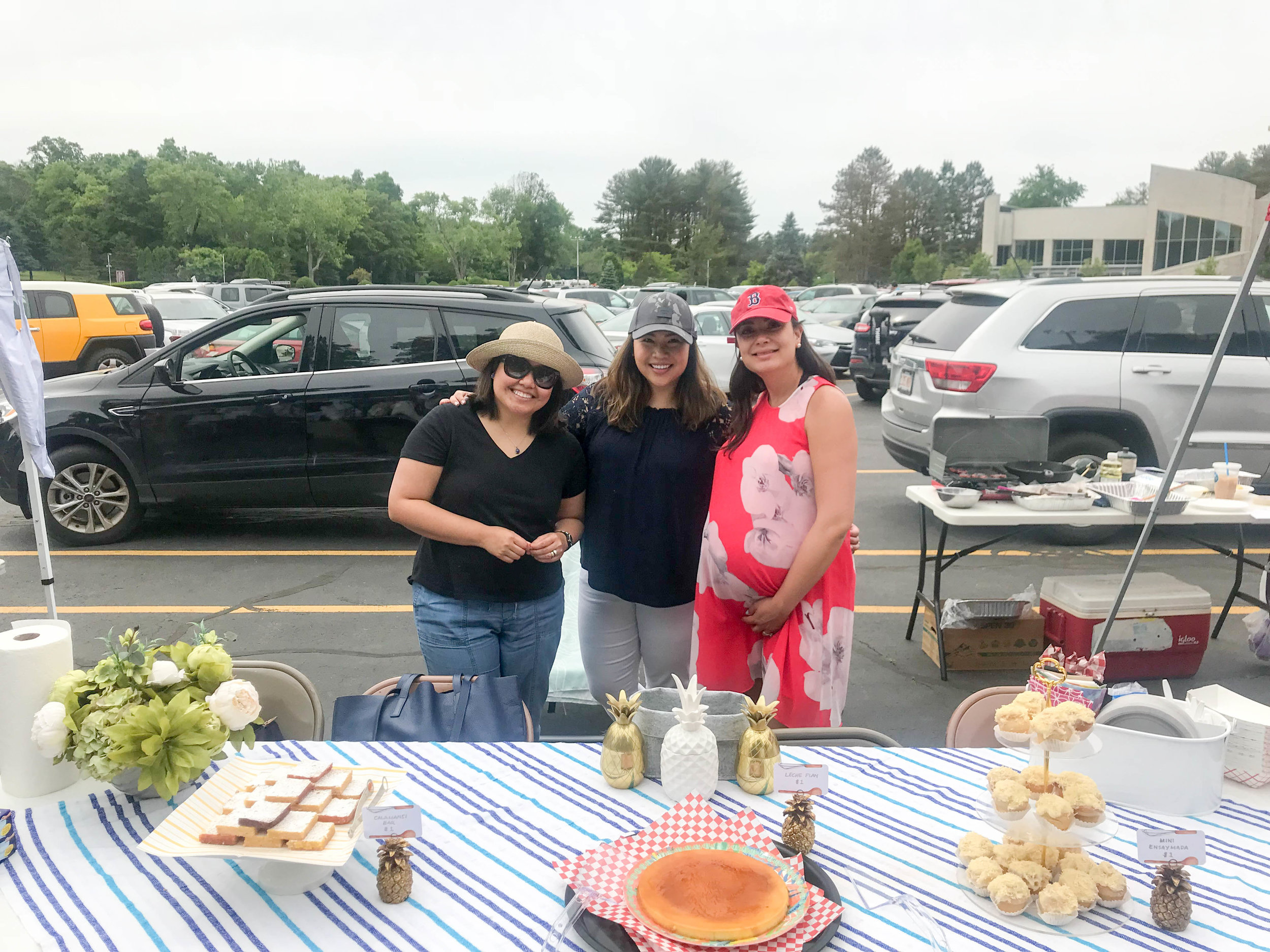By Reina Adriano
Photo provided by Reina Adriano
In many Filipino homes, there will always be a corner for reverence. You will find an altar with many statues of saints perched on top, with candles, rosaries, and novenas adorning the table where it is set. In the States where I do not have my own altar, I have a makeshift one instead: a small area of my study table is occupied by stampitas—images of the Pope, the Virgin Mary, and Jesus Christ on bookmarks—staring straight at me while I read my notes for grad school, allowing me to remember where my religious roots lie. Beside those on my desk, a rosary hangs around a small lamp. My mother usually chats me up on Messenger in the evenings, “Don’t forget to pray before going to bed,” she says. “And ask for guidance while you’re away.”
“I will, Ma,” I reply. “I always remember.” I close my laptop and head to bed.
I make it a habit to remember that February is the feast day of Santa Misericordia, the patron of my mother’s town--and to some extent, mine--in Legazpi, Albay. It is a small town in Bicol, Philippines. Tourists who visit our place long for beach weather and white sand, clear skies and fresh flowing water, but reality is far from that. Where my mother comes from, there is not much but sea and storms, the wind brushing past from the east side of the peninsula. There is also an active volcano that erupts every so often, spreading lava to the nearby towns and dusting every rooftop with ash. My mother loves visiting our province--both her hometown and my summer spot--in time for the fiestas; my grandparents, too. They are all religious devotees of the Virgin Mary.
There is this concept called Panata, or a votive offering, wherein families pass on the tradition of servicing the Church. The religious statues symbolize the faith of many Filipino households, always revering the saints in altars secluded in a corner of living rooms. The scent of candles, fragrant oils, and incense waft through the house; rosaries, novenas and prayer books decorate the pedestals. It is our way of connecting with divinity. In addition to this, some families give out donations, others volunteer their sons and daughters to partake in the parade for the festivals of their patron saints. In my family’s case, we promised that we would give our patron saint, Nuestra Senora de Santa Misericordia (Our Lady of Mercy), her dress for the parade. It is a tradition that has been upheld and passed on for generations.
My mother is an avid believer of this Panata. It is her promise of attending to Our Lady in exchange for a good life for everyone in our family. Imagine buying fabric, getting the measurements, sewing the dress, adding beads and sequins, and putting ornaments on a statue. Imagine numerous preparations, sleepless nights on choosing the best design “worth wearing by the Virgin Mary,” hands overworked from threading through a needle. My family does all of this because we believe there is value in these acts somewhere in the afterlife. However, my family also does it to show how close-knit we are with the community. Not many people understand our customs and traditions, but it is in that mystery behind the beliefs that make them want to see it for themselves. What’s so amazing about this culture of togetherness that other nationalities find so fascinating? What is so special about the Filipino handaan (feast) and salusalo (get-togethers), the kamayan or boodle fight, and the festival etiquette that is associated with it? Why do we love celebrating feasts and even eating with our hands with the food served on banana leaves as a way of sharing food with the entire community?
Photo provided by Reina Adriano
Popular festivals such as Masskara, Sinulog, Ati-Atihan, Dinagyang, Panagbenga, and Moriones are part of tourists’ bucket lists. These festivals are mostly connected to our history and Spanish influence due to the 300-year occupation. Needless to say it also anchors us down to our religious history of the dominant Roman Catholicism. Many tourists watch penitential rites during the Lenten Season, thinking its all colors and loud music when in fact it’s all about people reflecting on their faith and their way of life—a time for contemplation and penance. I remember as a child watching other young girls being dressed up as an angel to help in the Salubong for Easter Sunday, as a flowergirl for Flores de Mayo, and as Reyna Elena, if chosen for the Santacruzan parade. It should be worth noting that these are quite different from the livelier festivities tantamount to fun and enjoyment. However, if they stay long enough until Easter they will find themselves surrounded by activities that signify rebirth and renewal. Cash-prized contests such as Bingo and raffle draws, palarong Pinoy (Filipino games), and even beauty pageants are also part of the week-long activities.
The food will not disappoint, either: the adobo, palabok (festival noodles), kare-kare (curry), lumpia (egg rolls), all the smells of palatable cuisine which the household is ready to share to anyone who chooses to enter. Sometimes I would watch my grandmother toil in the kitchen in her own sweat, wondering why she tries to give so much when in fact she receives very little in return. She would let me taste-test a few of her treats, lest she’s expecting a lot of guests knocking on our door. “May bisita, Apo (We have guests, Granddaughter,” she would tell, “Papasukin mo lang (Just let them in).” Never mind the small, cramped living room, or the lack of air-conditioning in the house. We have extra monobloc chairs and mini-electric fans, anyway. Never mind that there isn’t much to go around; what’s important is that we have something to share.
The fact remains that people will always invite you to eat at their place, even when you tell them you're just passing by, or that you just wanted to see the parade, and then go your way after. The locals would even ask you to take some food along before you leave. This is also the reason why we love karaoke over beer and good company while singing to our heart’s desire, why we can fill an entire house with a dozen relatives or more from both sides of the family. We remember our faith and traditions by celebrating these festivals. But we also love to leave the impression that we can always share, despite the strain in financial resources or in times of trouble. We choose to welcome those who are estranged, those who rise above adversity, those who have strength to hope. All I can say is that Filipinos endure. I am miles away from my family right now, but I can imagine everyone happily eating with their hands. I can smell the waft of great food from the kitchen. I can hear the chatting of relatives and the queuing up of songs on the jukebox. Somewhere in the corner, the saints and our offerings. This is our way of community.
We’re always looking for BOSFilipinos blog writers! If you’d like to contribute, send us a note at info@bosfilipinos.com.




